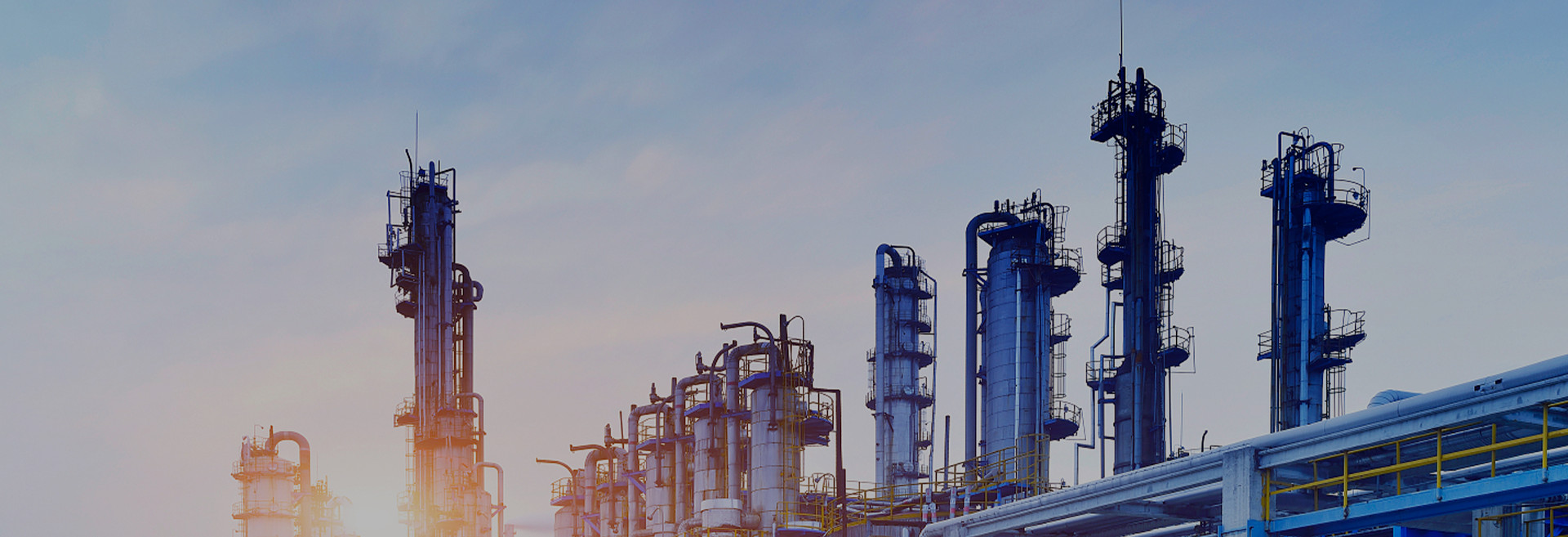Excimer laser gases, also known as exciplex gases, are used as the lasing medium in excimer lasers. They are capable of emitting high-intensity ultraviolet laser beams through the formation and decay of short-lived excimer molecules or dimers. Here are some key features of excimer gases:
- Composition – They consist of a noble gas like argon or krypton mixed with a reactive halogen gas, usually fluorine or chlorine. Popular combinations are ArF and KrF.
- Excimer Formation – The noble gas atom and halogen gas temporarily bind upon electrical stimulation to form the excimer, a dimer in an excited state that quickly decays.
- UV Emission – This decay process releases a photon in the ultraviolet range. Different gas mixes emit different UV wavelengths suited for various applications.
- Pulsed Output – Excimer lasers produce pulsed beams with very short pulse durations of nanoseconds and high peak powers of megawatts.
- Cooling Systems – The gases are incorporated into closed circulation systems and cooled to cryogenic temperatures to enable the excimer reaction.
The unique properties of excimer laser gases, especially their ability to generate powerful ultraviolet laser light, make them useful in diverse technological and industrial processes requiring strong UV sources.
Post time: Sep-08-2023

